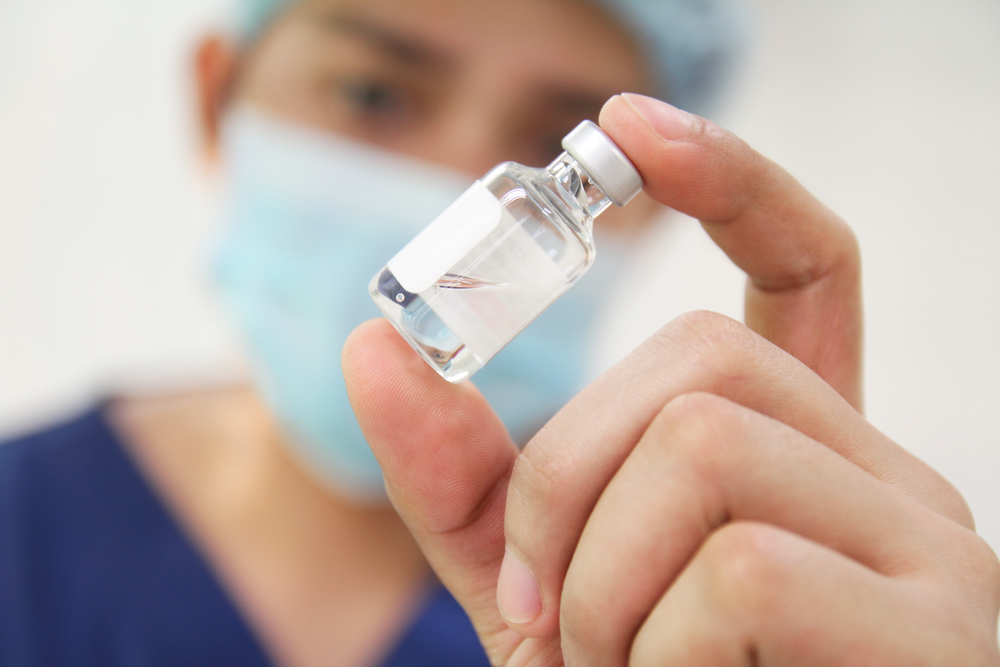Preparing for ERT Infusion for Fabry Disease

Enzyme replacement therapy (ERT), which provides the specific enzymes missing in Fabry patients, can help to ease or even stop your symptoms if you have this disease. However, it is a lifelong treatment, with the enzyme given continuously over time.
Here is an overview of what to expect if you’re having ERT for the first time, and some information to help you prepare for your therapy sessions.
About ERT
ERT delivers enzymes that your body does not produce or doesn’t produce in sufficient quantities. In the case of Fabry, that enzyme is alpha-galactosidase A, which normally breaks down globotriaosylceramide.
Fabrazyme and Replagal are two ERTs that contain recombinant enzymes that are produced by genetically engineered cells. They replace the alpha-galactosidase A enzyme in your body.
What happens during an ERT infusion?
During your first few ERT infusions, you will go to a doctor’s office or infusion center to receive treatment.
Once you arrive at the therapy center, healthcare professionals will begin to prepare the infusion solution to achieve the correct dosage based on your weight.
While you are waiting, they also may check your vital signs to make sure it is safe to start the procedure. You may be given acetaminophen or ibuprofen — over-the-counter fever-reducing medications — and/or an antihistamine to reduce or prevent any side effects that might occur due to the ERT infusion. Of note, antihistamines are medications that treat allergic reactions.
Once the infusion is ready, a nurse will insert an intravenous (IV or into-the-vein) needle and begin the infusion. The enzyme replacement solution will slowly be infused into your blood using a pump that can regulate the speed of the infusion.
Healthcare professionals will monitor your vital signs periodically during the infusion to make sure you are not having a reaction to the enzyme or the infusion. If a reaction does occur, they may reduce the infusion rate, pause the infusion, or give you additional medications. If the reaction is severe, the infusion will be stopped and you will be given medical care.
How do I prepare for the infusion?
The therapy can take four to five hours, and possibly longer if there are any complications. Therefore, you should schedule it for a day that you do not have much else planned.
You will need to have repeat ERT sessions about every two weeks. So, setting a regular day and time for your infusions may be helpful for planning purposes.
You should arrange transportation to and from the treatment center ahead of time. This is because it might not be safe for you to drive for a little while after the infusion should you experience any side effects.
Bringing a book to read or music to listen to while you are receiving the treatment can be a good idea. If your child is receiving the infusion, it may be helpful to bring books, toys, or games to help keep them occupied. Snacks also may be a good idea. Finally, having a sweater or blanket may help you feel more comfortable during the infusion as sometimes the fluid feels cold as it enters your body. Some people may like having socks to keep their feet warm.
What happens after the infusion?
After the infusion, the medical personnel will keep you for a little while to make sure you are feeling okay before they release you.
If you start feeling unwell after you leave the medical center, you should notify your doctor or seek medical attention as soon as possible.
After you have successfully undergone several infusions without incident, your doctor may allow you to have the therapy at home. In this case, a nurse will bring the medical supplies and equipment to your house and administer the infusion there.
Are there any risks?
There are potential side effects that may occur as a reaction to the ERT or to the infusion itself. You may experience a rare but serious allergic reaction called anaphylaxis. Infections, bleeding, and bruising may occur at the injection site.
The most common side effects of ERT are upper respiratory tract infections, chills, fever, headache, and cough. You also may experience tingling or burning sensations, fatigue, swelling, dizziness, and a rash.
Last updated: Jan. 29, 2021
***
Fabry Disease News is strictly a news and information website about the disease. It does not provide medical advice, diagnosis or treatment. This content is not intended to be a substitute for professional medical advice, diagnosis, or treatment. Always seek the advice of your physician or other qualified health provider with any questions you may have regarding a medical condition. Never disregard professional medical advice or delay in seeking it because of something you have read on this website.






